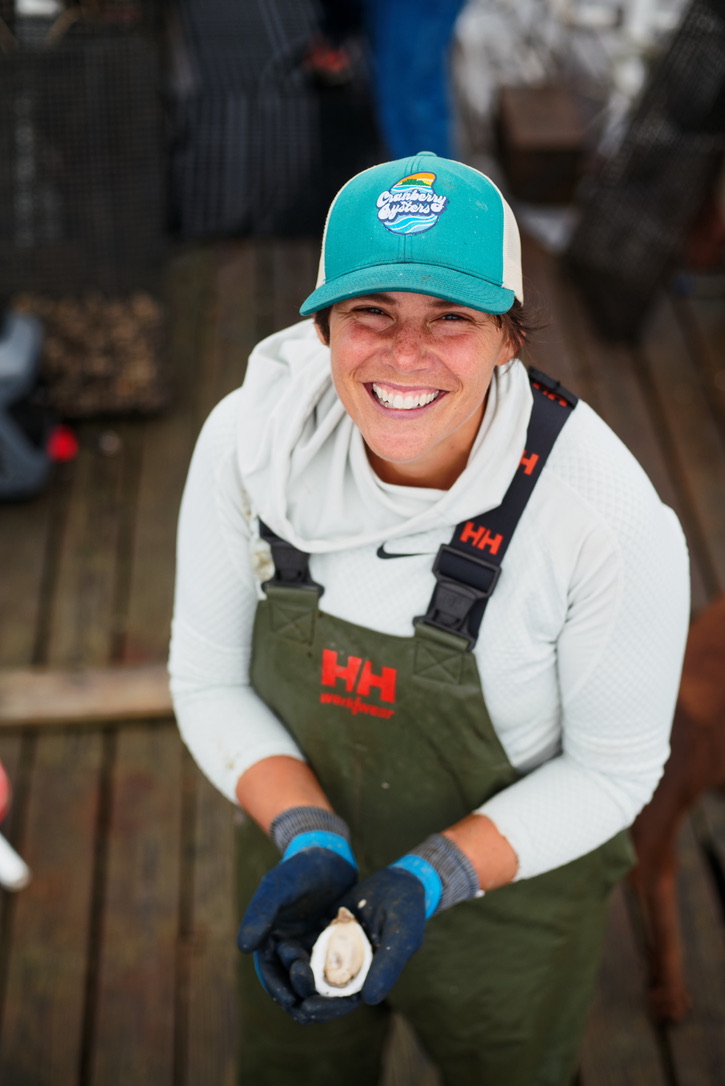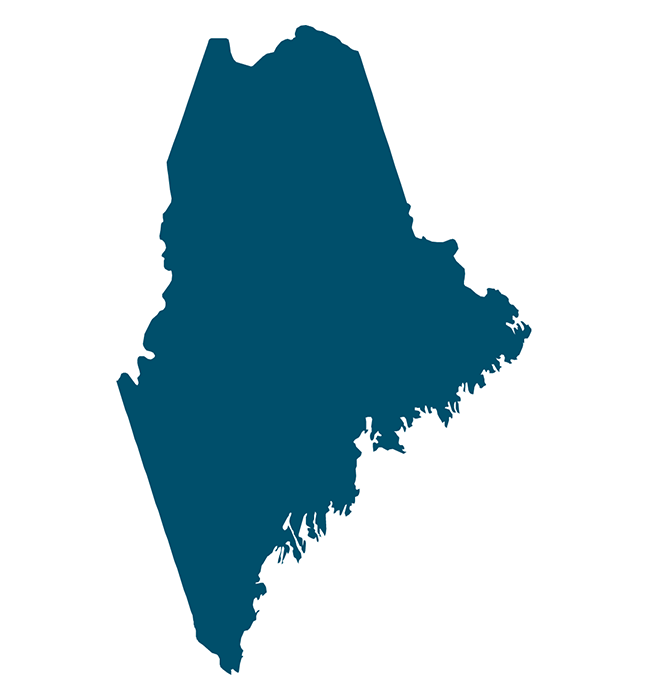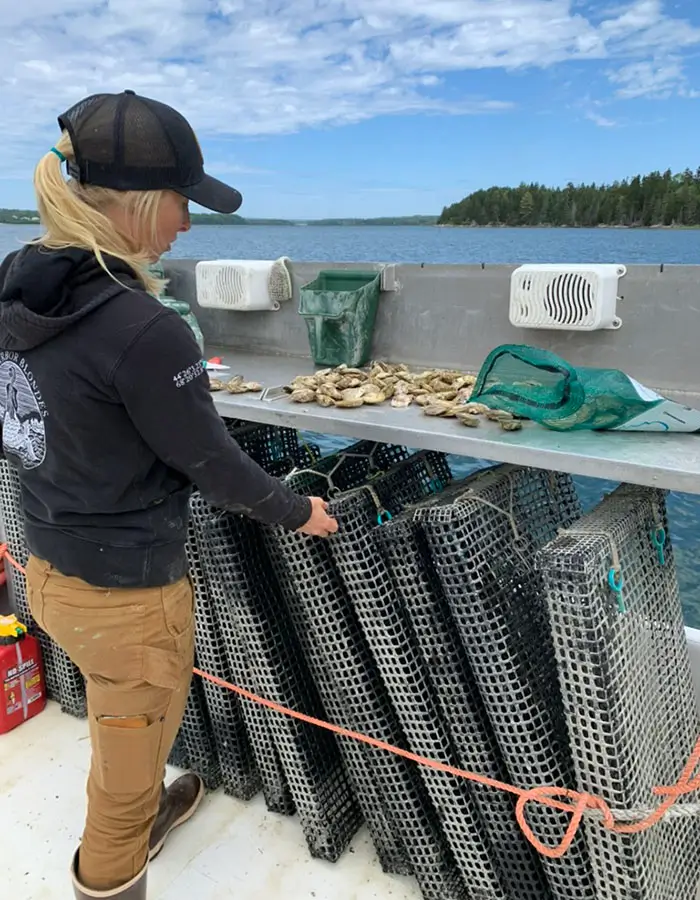Aquaculture in Maine
Aquaculture, also known as aquatic farming, is the breeding, rearing, and harvesting of fish, shellfish, algae, and other organisms in all types of water environments. In recent years, aquaculture has gained significant attention as a sustainable solution to meet the increasing demand for seafood while reducing pressure on wild fish stocks.
Maine, with its extensive coastline, clean water, and abundance of marine resources, has emerged as a hub for aquaculture, offering tremendous potential for the sustainable growth of the water farming sector.
Maine’s aquaculture industry plays a crucial role in supporting the local economy and providing healthy and sustainable seafood options. The state is known for its pristine waters, which provide an ideal environment for aquaculture operations.
By embracing responsible practices, such as minimizing environmental impacts and adhering to stringent regulations, Maine has positioned itself as a leader in sustainable aquaculture.

The Environmental Benefits of Sustainable Seafood Production
Sustainable seafood production through aquaculture brings several environmental benefits. First and foremost, it reduces the pressure on wild fish and shellfish populations, which are often fully utilized and sometimes overfished. Aquaculture allows for controlled breeding and cultivation of fish, shellfish, and seaweed, ensuring a steady supply of seafood without depleting natural resources.
Maine’s aquaculture industry also promotes water quality protection and stewardship of healthy aquatic ecosystems. Aquatic farms need clean water and healthy ecosystems in order to provide the right environmental conditions for their animals and plants to grow and maintain their health and welfare. Properly designed and managed aquaculture systems can act as filters, removing excess nutrients from the water, and thereby improving overall water quality.
Some farms grow multiple species on the same farm in order to recycle nutrients. Other farms use site rotation and fallowing to ensure they stay within the carrying capacity of the local environment. Aquatic farmers work hard to defend and protect the environment because it is the right thing to do and their businesses depend on it.
Additionally, aquaculture operations can serve as artificial reefs, providing habitats for various marine species, enhancing biodiversity, and contributing to the restoration of degraded ecosystems.
The Economic Impact of Aquaculture in Maine
Aquaculture has become a significant economic driver in Maine. The industry not only creates jobs but also supports other sectors, such as feed suppliers, equipment manufacturers, boat builders, trucking companies, and seafood processors.
The state of Maine has seen steady growth in this industry. Since 2007, the total economic impact of aquaculture has nearly tripled from $50 to over $137 million. It employs over 700 people full-time at nearly 200 farms along the coast, with more opportunities for different roles in the sector being created all the time.
In addition to job creation, aquaculture offers opportunities for entrepreneurs and small businesses. Maine’s diverse aquaculture industry includes the cultivation of various species and this diversity allows for a resilient and robust industry that can adapt to market demands and contribute to the state’s overall economic development.
MAA has also seen a recent increase in the number of commercial fishermen participating in aquaculture. Some lobstermen have cited climate change and increasing pressures on the fishery as reasons for this, and others simply want to diversify their income. Aquaculture provides options for different species to be grown and sold in Maine, diversifying the coastal economy and helping communities become more resilient in the face of a changing climate.
Types of Aquaculture Systems Used in Maine

Maine employs various aquaculture systems to cultivate different species depending on their habitats and needs.
Shellfish aquaculture, which includes the cultivation of oysters, mussels, clams and scallops, uses both surface culture and bottom culture. Oysters can be grown on the surface in floating cages or planted on the ocean floor. Mussels are often grown on hanging lines in the water attached to mussel rafts, or also planted on bottom. Scallops can be raised in floated nets, cages, or ear-hung by their shells on vertical lines in the water. No matter the farming method, shellfish farming helps improve water quality because of the shellfish’s ability to filter the water.
Net-pen aquaculture for finfish enables farmers to control feeding, monitor fish health, and manage waste efficiently. This system is particularly suitable for species like Atlantic salmon. Finfish can also be raised on land in tanks as a part of recirculating aquaculture systems (RAS). Finfish can also be raised in combination with other species in integrated multi trophic aquaculture systems (IMTA) . These systems use the nutrients from the finfish to stimulate increased growth and productivity in shellfish or plant production. IMTA systems may be either on land in tanks or in the ocean around finfish net pens.
Seaweed cultivation is also gaining popularity in Maine. Seaweeds, such as kelp, provide numerous environmental benefits, including carbon sequestration and nutrient uptake. They can be cultivated using submerged longlines and grow in the winter season, making it a prime crop for commercial fishermen to farm during the off-season. In some cases seaweed is grown in combination with shellfish, another form of IMTA, in order to help mitigate the environmental effects of ocean acidification on shellfish.
Sustainable Practices in Maine’s Aquaculture Industry
Maine’s aquaculture industry is committed to adopting sustainable practices to minimize environmental impacts. As farmers we recognize that everything we do as humans has a potential impact. Our stewardship responsibility requires that we recognise those potential impacts and work hard to reduce and minimize them.
Maine aquatic farmers were some of the first in the world to adopt Best Management Practices (BMP). Starting in the early 90’s Maine aquaculturalists developed a series of Codes of Practice (COP) and BMPs linked to technical standards and operating procedures. Key parts of those BMPs, biosecurity plans, escape prevention plans, equipment standards, area management agreements, and site rotation and following plans, were developed in cooperation with the environmental community and state and federal regulators. Critical parts of those BMPs were also third-party audited to ensure compliance.
BMPs developed in Maine have been copied by aquatic farmers and the three large seafood sustainability certification programs around the world. In addition to the MAA COP and BMPs many Maine farmers are required by their customers to also comply with these seafood certification programs.
The COP, BMPs, and certifications that Maine farmers adhere to are over and above the strict regulations in place in Maine and the United States. Depending on what they grow and how they grow it Maines aquatic farmers have to comply with hundreds of laws, regulations, and specific permit conditions. A violation of any of these is grounds for revocation of their leases and various permits they are required to have in order to operate.
Many farms are prioritizing sustainable and eco-friendly practices including solar-powered processing for their operations, electric motors for their boats, and biodegradable replacements for single-use plastics like bags and packaging. As farmers raise species that have a positive impact on the environment, they are also looking to mitigate their carbon and environmental footprint.
To enhance sustainability, the industry also focuses on disease prevention. Strict biosecurity measures are in place to prevent the infection of farms by pathogens and parasites that occur naturally in the environment. Regular health checks and vaccinations in fin-fish help maintain the well-being of farmed species and minimize and in many cases eliminate the use of antibiotics.


The Role of Technology in Advancing Aquaculture in Maine
Technology plays a pivotal role in advancing aquaculture practices in Maine. Innovations such as automated feeding systems, remote monitoring, and data analysis tools have revolutionized the industry, improving efficiency, reducing costs, and minimizing environmental impacts.
For example, remote monitoring systems allow farmers to track water quality parameters, monitor fish behavior, and detect any anomalies in real-time. This enables early intervention, preventing potential issues and ensuring the well-being of farmed species.
Similarly, automated feeding systems dispense feed accurately, reducing waste and optimizing growth rates.
Advancements in genetic research and selective breeding have also contributed to the improvement of aquaculture practices. By selecting traits such as disease resistance, growth rate, and feed conversion efficiency, researchers and farmers can produce more robust and resilient fish populations, enhancing the overall sustainability of the industry.
Promoting and Supporting Local Aquaculture Businesses
Supporting local aquaculture businesses is essential for the growth and success of Maine’s aquaculture industry. Consumers can contribute to the sustainability of the industry by choosing locally farmed seafood. By purchasing seafood produced in Maine, consumers support local farmers, reduce food miles, and ensure the freshness and quality of the products.
Furthermore, restaurants, retailers, and institutions can play a crucial role in promoting and showcasing locally sourced seafood.
By featuring Maine’s aquaculture products on their menus and shelves, they not only support local businesses but also educate consumers about the benefits of sustainable seafood and the importance of supporting the local economy.
The Future of Aquaculture in Maine and Its Potential for Growth
The future of aquaculture in Maine is promising, with tremendous potential for sustainable growth. As global demand for seafood continues to rise, the industry can provide a sustainable solution, meeting this demand while minimizing environmental impacts.
Continued investments in research and development, infrastructure, and education will further strengthen Maine’s position as a leader in sustainable aquaculture.
Looking ahead, innovations in aquaculture technology, feed development, and breeding techniques will likely drive the industry’s growth.
Moreover, collaborations between industry stakeholders, policymakers, and researchers will play a crucial role in shaping favorable regulations and policies that support sustainable aquaculture practices.
About the Maine Aquaculture Association
The Maine Aquaculture Association (MAA) is a non-profit organization that represents the interests of Maine’s aquaculture industry.
MAA works to promote sustainable aquaculture practices, support industry growth, and advocate for the economic, environmental, and social benefits of aquaculture in Maine. Through collaboration and education, MAA strives to ensure a thriving and responsible aquaculture industry for the future.
